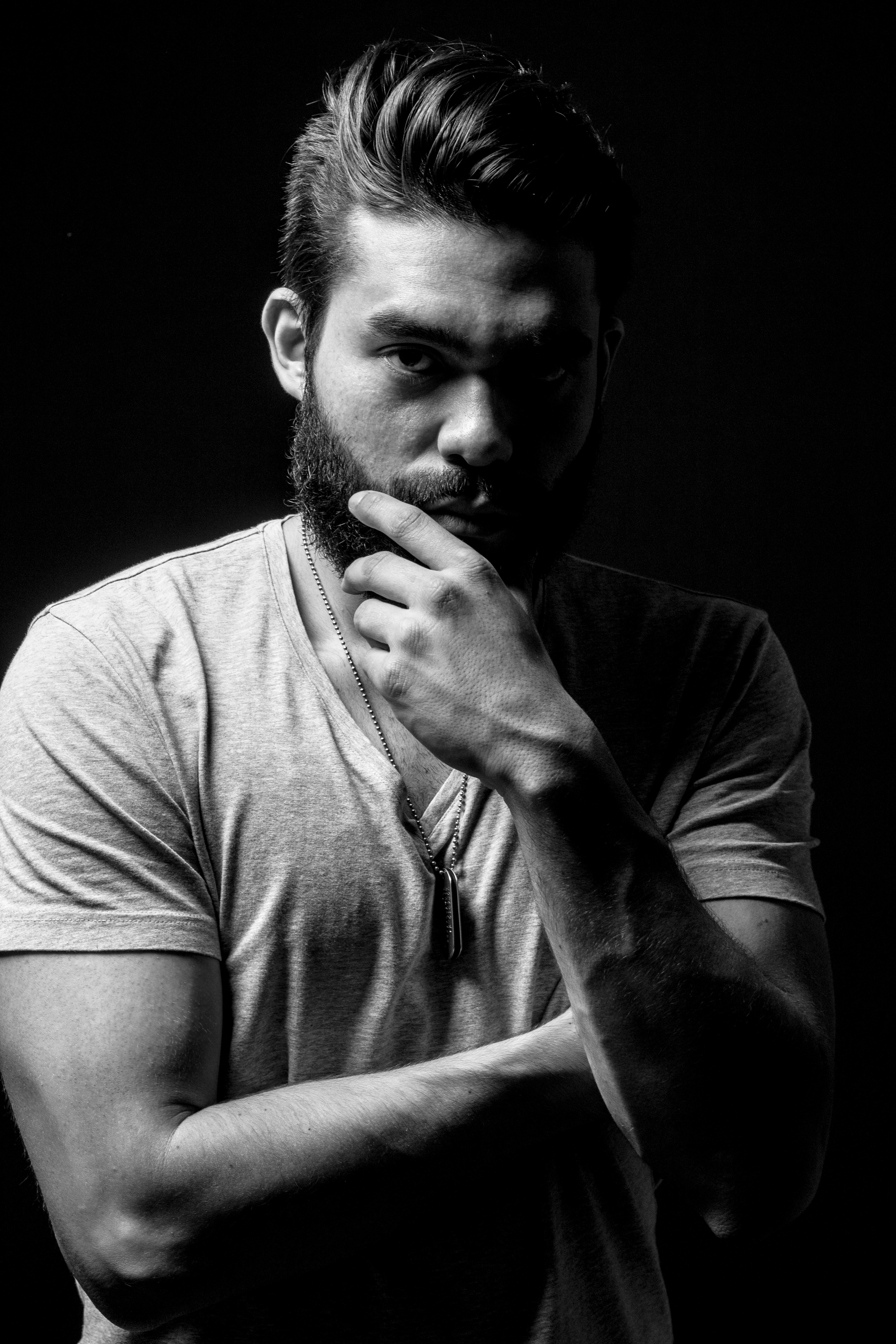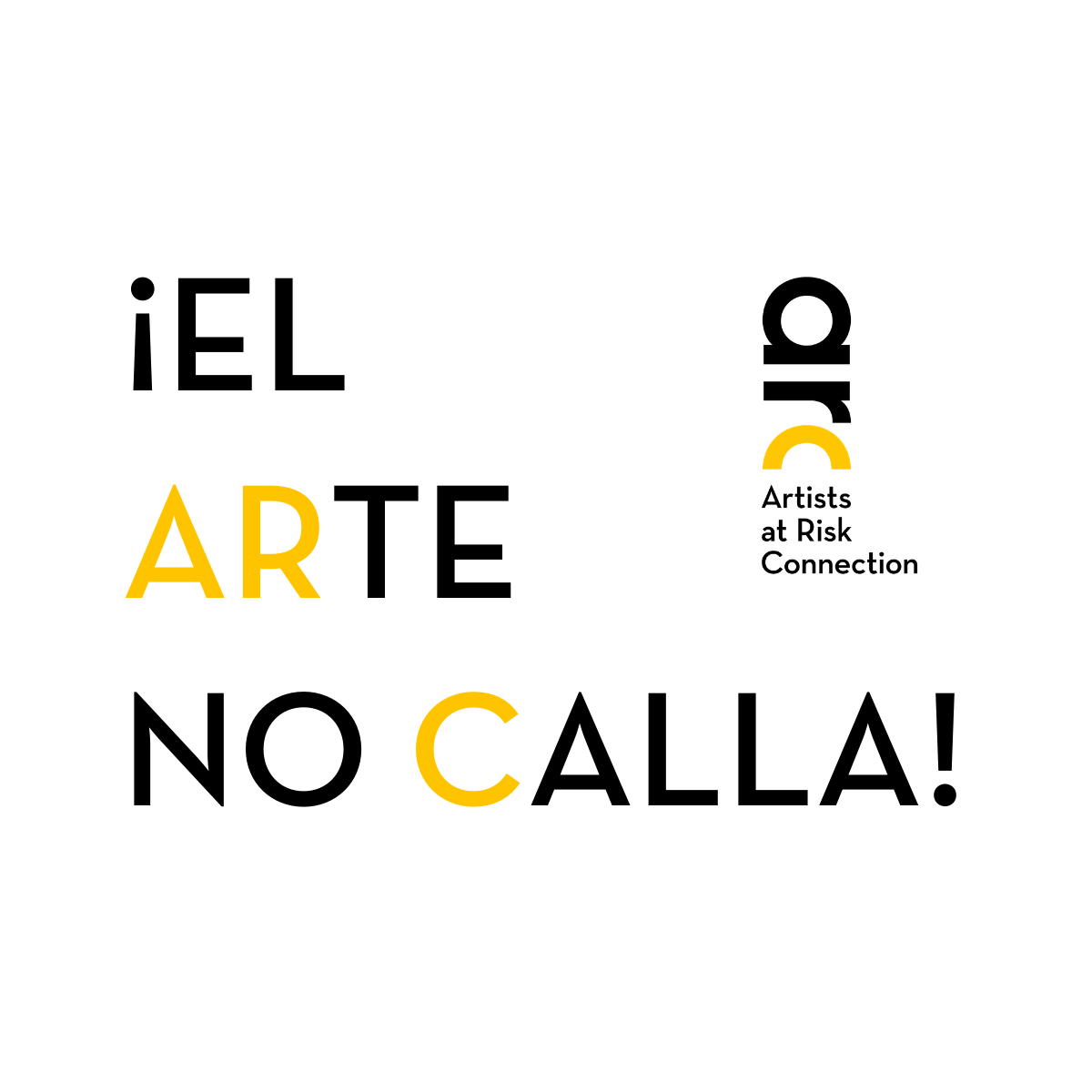Horacio Siciliano
Venezuela
Estatus: Exiliado

Horacio Siciliano, el fotógrafo detrás de algunas de las más emblemáticas fotos de la crisis venezolana, nunca planeó irse de Venezuela. Antes de que crisis tras crisis empujara Venezuela a la portada de los medios internacionales, Siciliano vivió brevemente y estudio en Canadá, siempre con la certeza de que quería volver y hacer algo productivo en su país natal. Al regresar, tomó un rol activo en las redes sociales y se involucró con organizaciones trabajando por l libertad de expresión, contra las violaciones de los derechos humanos de las mujeres para mejorar el acceso infantil a cuidados básicos en hospitales, todo esto mientras terminando su estudios en ingeniería. La situación de Siciliano hoy es dramáticamente diferente.
Siciliano se convirtió en un reconocido fotógrafo un poco por casualidad. En 2014, compró una cámara y aprendió por su cuenta a usarla mientras participaba en protestas críticas de los altos niveles de violencia urbana, la inflación y la escasez crónica de productos básicos. Siciliano comprobó que había una falta de información fiable sobre las protestas que fuese accesible para los venezolanos y el público internacional. Como muchos venezolanos, encontró en las redes sociales una fuente alternativa de información frente al silencio o a la información inexacta difundida por los medios oficiales. Empezó a compartir sus fotografías en Twitter, Instagram y en su página web para mostrar la realidad de las protestas en las calles y para “hacer ruido” sobre las terribles condiciones en las que muchos venezolanos estaban viviendo. Su trabajo tuvo repercusión en sus miles de nuevos seguidores y fue entrevistado en la televisión sobre algunas de sus fotos más icónicas.
“El nivel de miseria y pobreza que se está viviendo ahora es extrema.”
—
Desde entonces, Siciliano se ha vuelto en un representante de la generación actual de fotoperiodistas. Su trabajo sirve como un banco de memoria visual de momentos conmovedores e impactantes de la historia venezolana. Sus fotografías muestran un equilibrio notable entre la sensibilidad y el profesionalismo; documentan las realidades de Venezuela sin esquivar lo malo, aplicando el mismo escrutinio a escenas de alegría como a escenas de desesperación. Las composiciones nunca parecen forzadas, más bien demuestran el compromiso de Siciliano de ir adonde muchos no se animarían: a manifestaciones, hospitales abandonados, sitios sobrecogidos por la pobreza y la indigencia.
Desde 2014 hasta los disturbios masivos de 2016, Siciliano ha sido testigo y ha documentado la intensificación de la violencia y amenazas contra periodista, fotógrafos y manifestantes en las calles de Venezuela. En vez de esquivar los conflictos, Siciliano ha documentado valientemente estos momentos tensos y violentos. Cada vez que veía un grupo de oficiales atacando a un manifestante aislado, él se aseguraba de quedarse, implacable, y grabar todo el episodio para que el mudo lo viera. Con las manifestaciones, también crecieron dramáticamente los problemas de represión entre 2014 y 2016. Siciliano enfatizo que las violaciones a la libertad de prensa no son un fenómeno nuevo. Ya en 2014, el gobernó tenía un control fuerte sobre los canales de comunicaciones, mientras que los canales de televisión privados se mantenían predeciblemente silenciosos. En tanto el testimonio visual de fotógrafos y activistas destacando los abusos cometidos por el gobierno se volvieron más y más frecuentes, se volvieron blancos de los ataques.

La dedicación de Siciliano no ha pasado desapercibida. El ha sido seguido, amenazado físicamente por individuos armados, y autoridades gubernamentales han cuestionado a su familia. Sus comentarios en redes sociales lo han llevado a recibir amenazas por representantes venezolanos a través de Twitter. Aun así, fue sólo tras ser intencionalmente agredido por una granada lacrimógena al pecho que Siciliano empezó a temer por su seguridad. “Me dispararon en el pecho cuando no había nadie alrededor y no había conflicto, “recordó Siciliano. Las detenciones y muertes de otros periodistas durante manifestaciones solidificaron su decisión de salir de Venezuela. Ha estado residiendo en España desde octubre de 2017.
Mientras la mayoría de la atención se ha enfocado en su trabajo alrededor de las protestas, Siciliano fotografía mucho más que solo conflictos. Otros proyectos recientes tienen como objetivo informas al público fuera de Venezuela sobre las razones detrás de las manifestaciones masivas de 2017. Para Siciliano la distinción es importante; las manifestaciones de 2014 eran más pequeñas y los participantes mayoritariamente jóvenes, mientras que las manifestaciones de 2017 estaban compuestas de numerosas organizaciones civiles y participantes de todas las edades y orígenes. ¿La clave de la diferencia? “El nivel de miseria y pobreza es extrema que se está viviendo ahora,” dijo Siciliano.
“En termino de volver, ¿quién no quiere volver a casa, por lastimada y volteada que esté? Ahora mismo no quiero volver y terminar en una celda o sin poder salir, porque siento un compromiso de decir las cosas como son y mostrar las cosas como son.”
—






